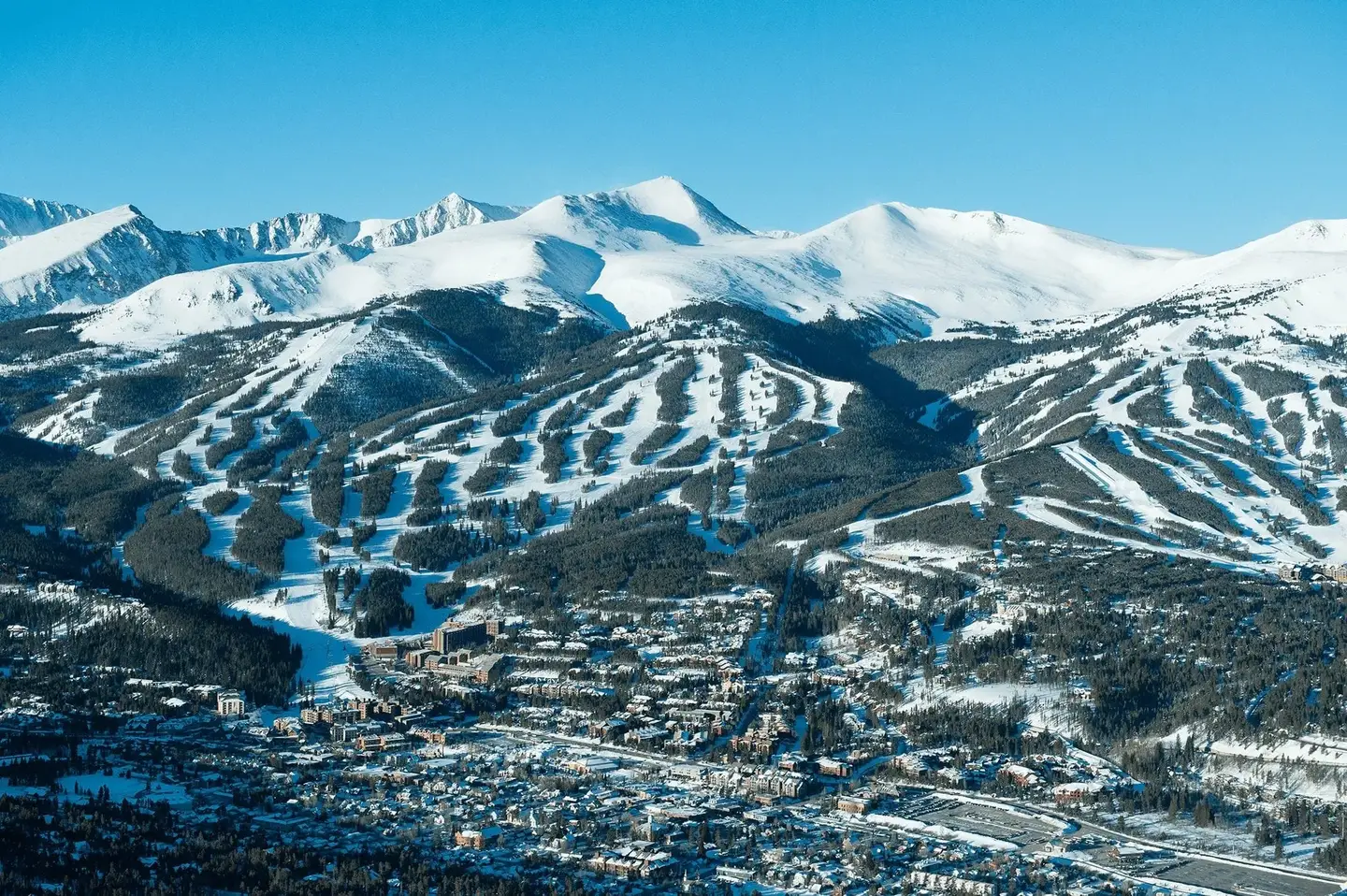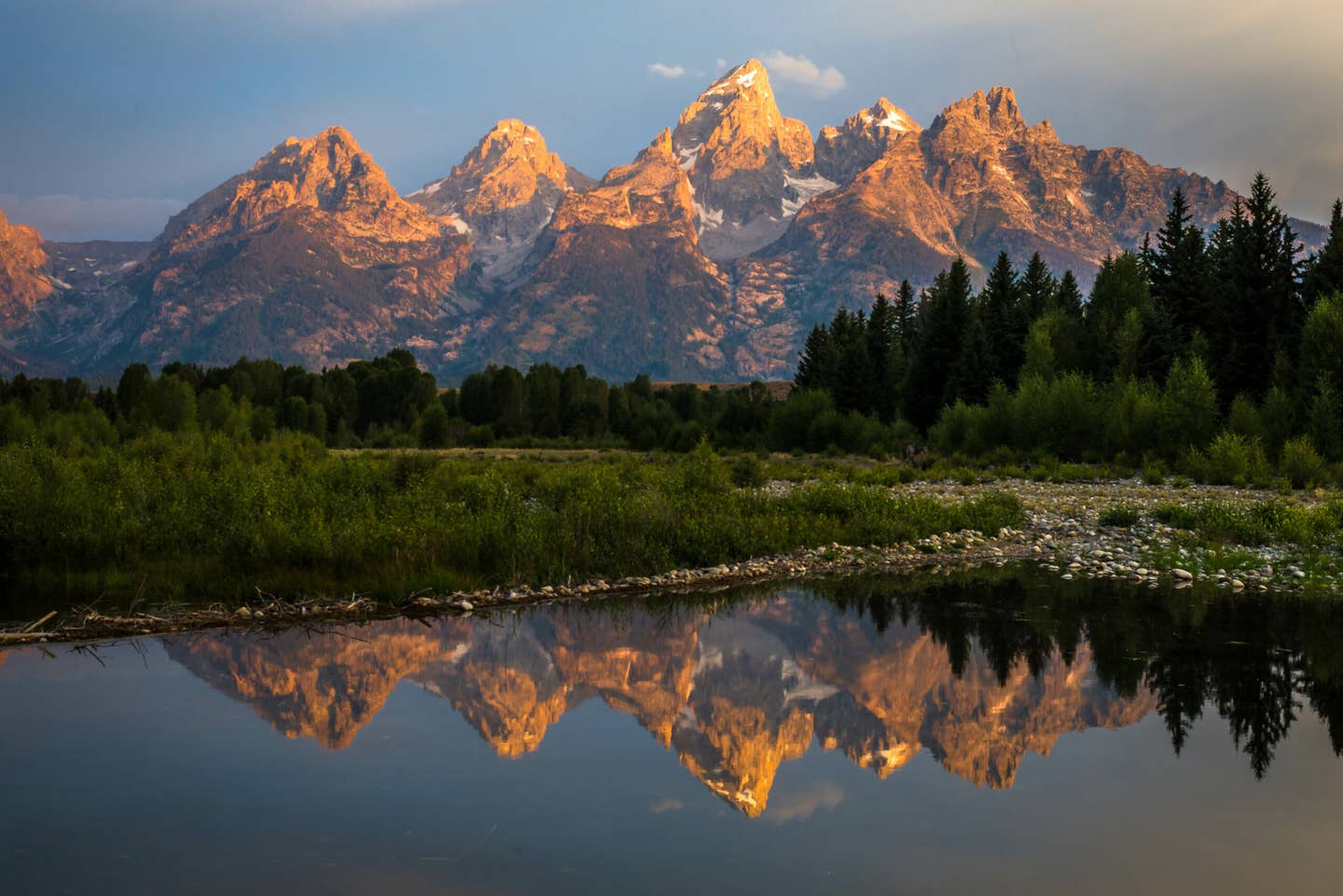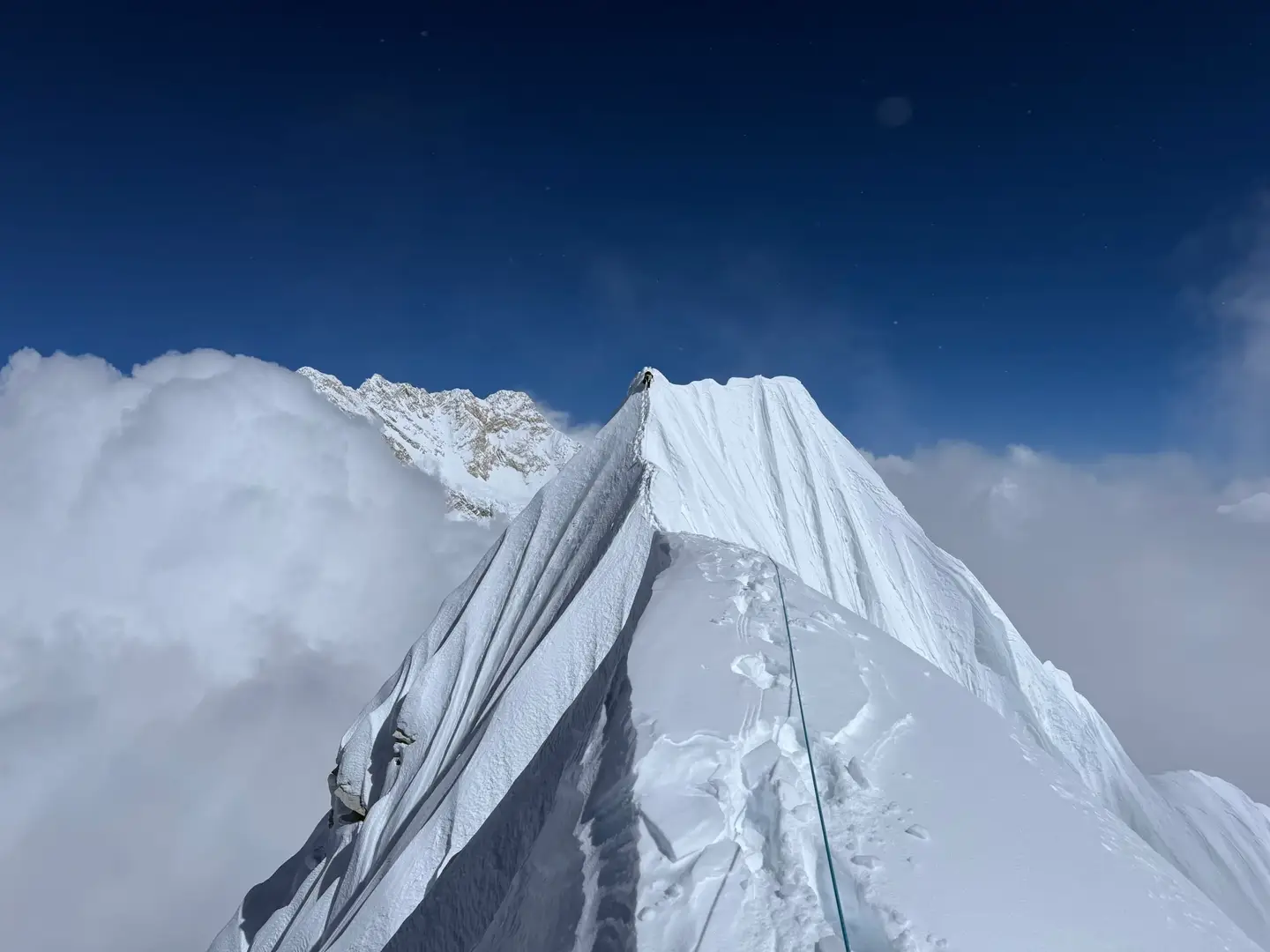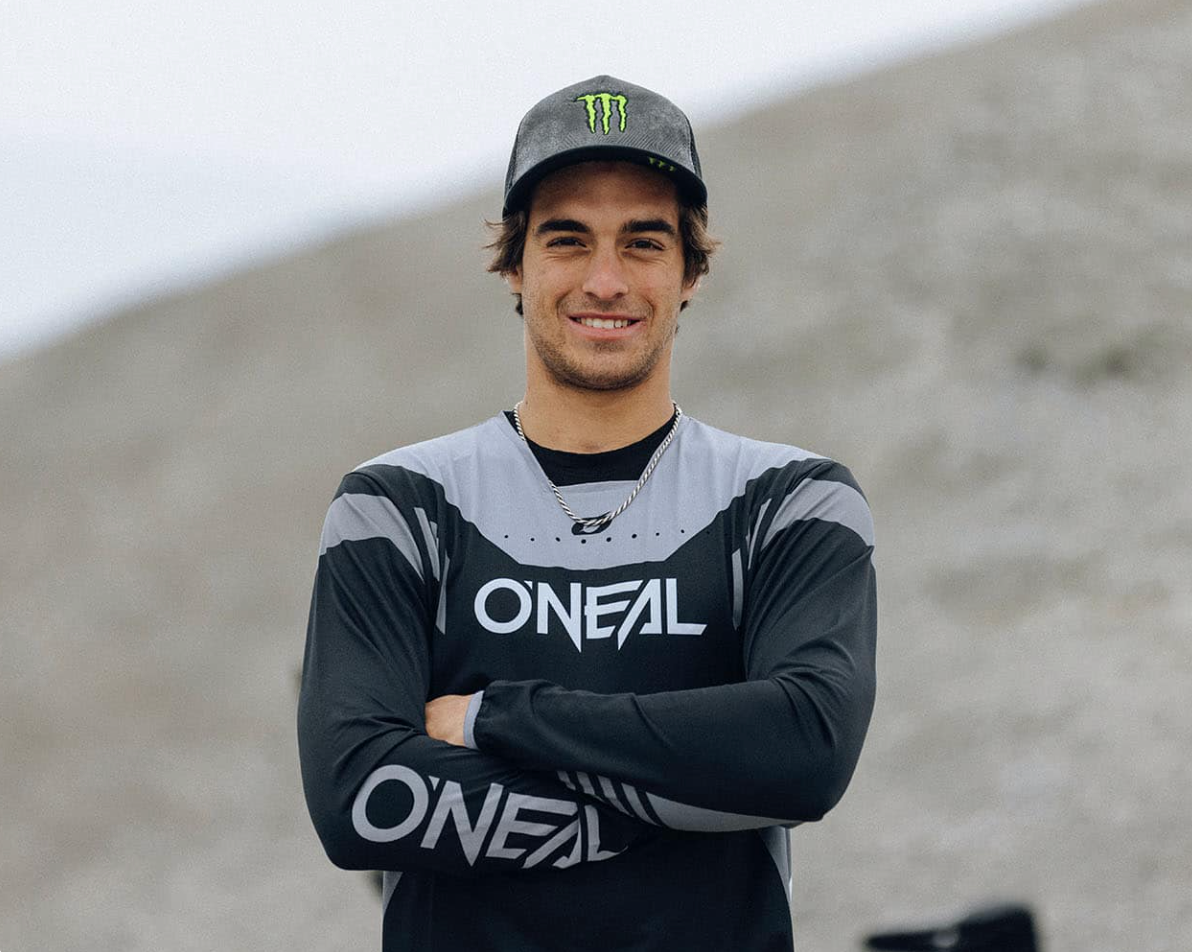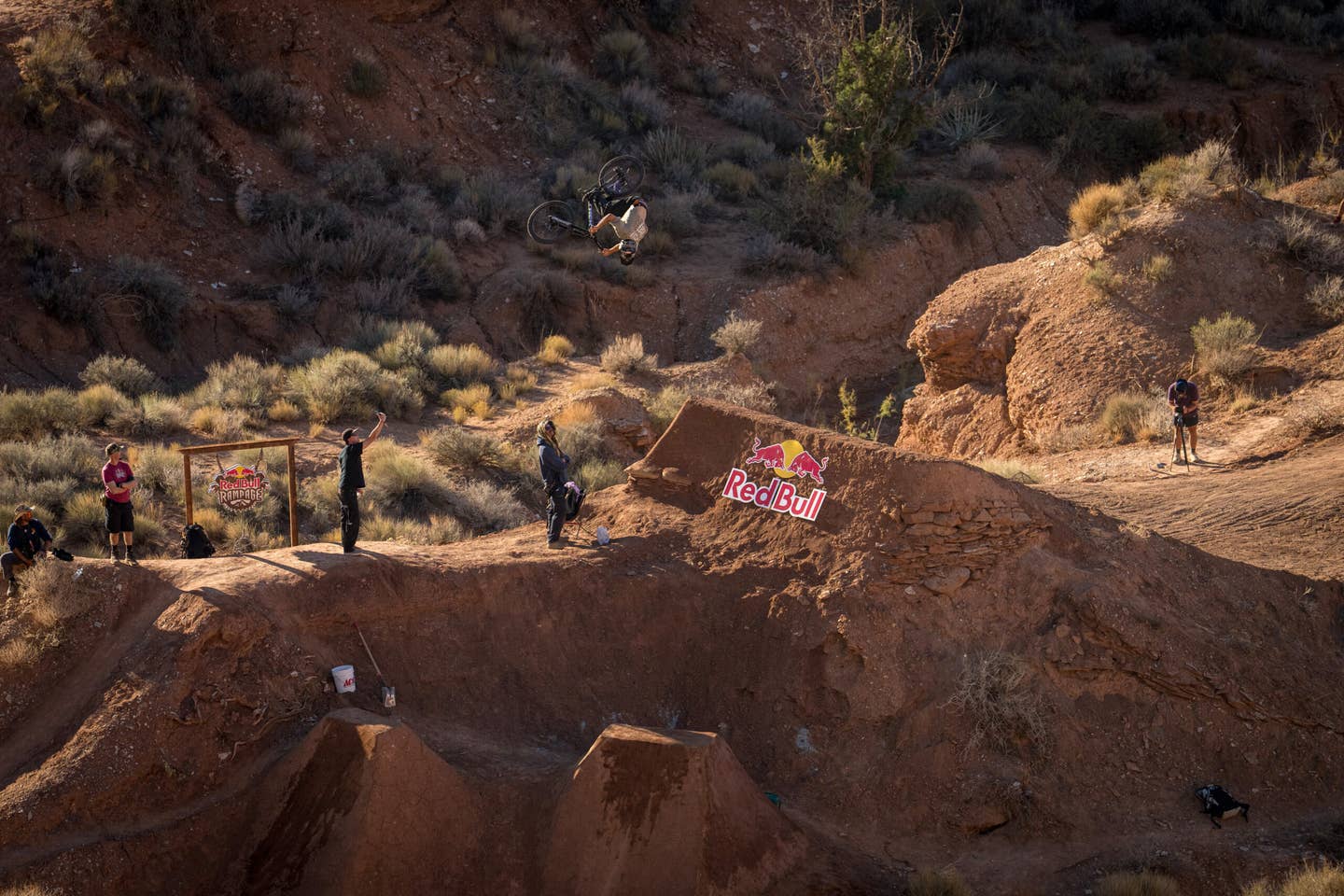

Rampage: How Utah’s Desert Became the Proving Ground for MTB Progression
Popular Stories
Another year, another mind-bending chapter written in the sandstone of Virgin, Utah. Red Bull Rampage just wrapped up a monumental weekend, further cementing its legacy as the ultimate proving ground in freeride mountain biking. With riders pushing the limits of creativity and gravity on a canvas of unforgiving red rock, the event continues to redefine what is possible on two wheels. The Men’s event saw Hayden Zablotny claim his inaugural championship, while the 2024 debut of the Women’s event saw Robin Goomes crowned her second consecutive title, demonstrating that progression is firing on all fronts.
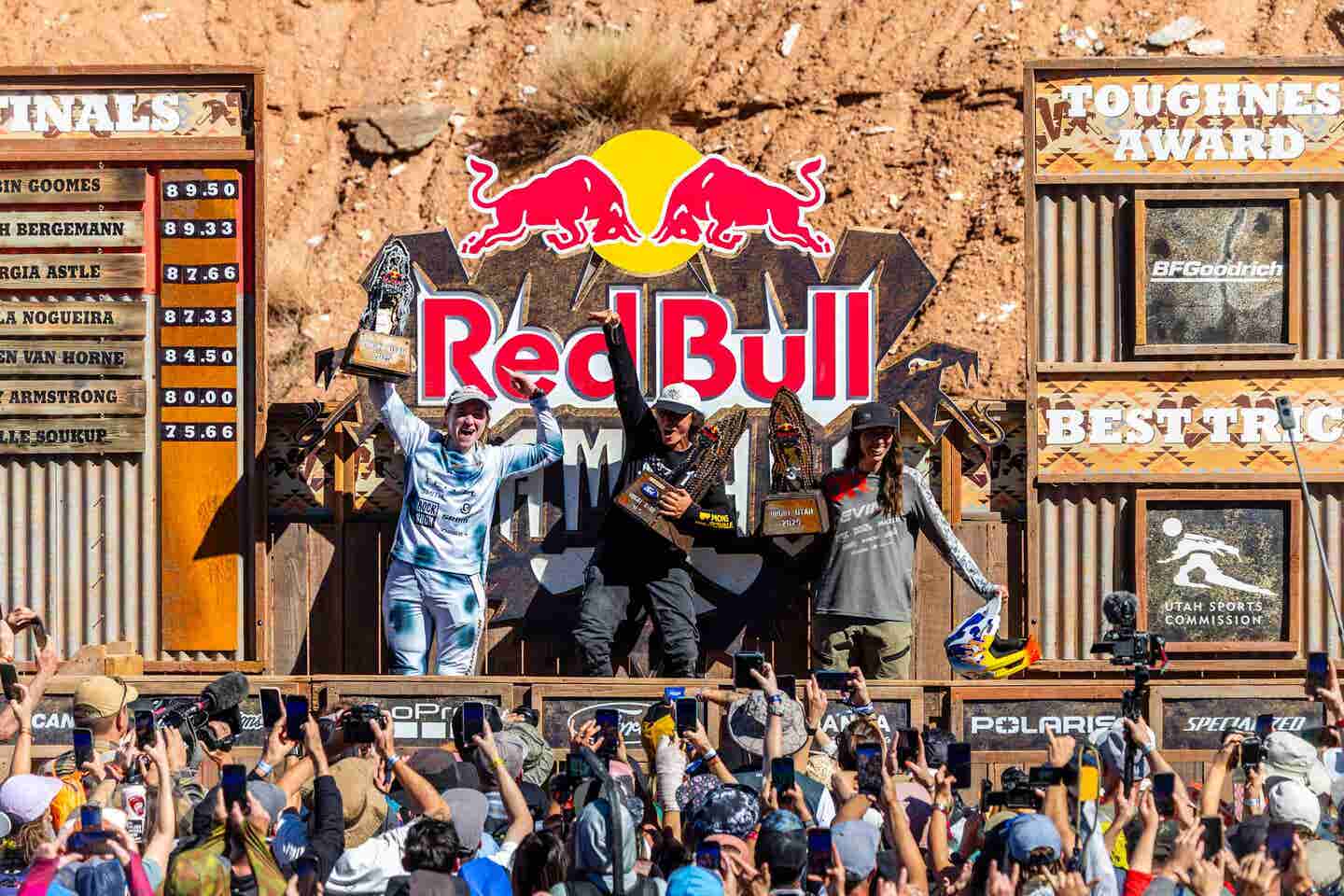
Robin Goomes Defends Her Title at Red Bull Rampage 2025
By
Nico JohnsonA Mountain Biking Experiment
The roots of Rampage trace back to 2001, when freeride was an emerging movement searching for its ultimate stage. In an era dominated by organized downhill racing, a handful of riders wanted to tackle first descents, much like backcountry skiers and riders were doing. The remote, raw desert landscape near Virgin, Utah, provided the blank, intimidating canvas they needed.
The first Rampage was a test. The concept was simple: put the world’s best on a massive natural course, give them minimal rules, and see what happens. The first event was about survival and vision, with riders choosing lines down 1,500 vertical feet of exposed terrain. Early champions, like Wade Simmons, set the tone, but progression was fast and brutal. Soon, tricks became mandatory, and riders like Darren Berrecloth and Tyler Klassen began to embed themselves in history.
Progression and the Dig Crew
Red Bull Rampage is unique because it is as much a building competition as it is a riding one. Riders and their dedicated dig crews spend days in the desert sun crafting their lines. They sculpt massive takeoffs, build technical features, and define the flow of their run on an otherwise untamed mountain. This focus on a self-built, creative line is core to the event's spirit and the definition of freeride.
Sign Up for the TGR Gravity Check Newsletter Now
The evolution of the competition has forced massive shifts in both riding style and bike technology. Modern full-suspension bikes, with slacker geometry and highly-tunable suspension, are far lighter and more capable than the coil-sprung machines of 2001. These advancements directly support the massive airs, technical rotations, and high-speed drops that are now the norm. Without the constant pressure from riders to go bigger, faster, and more technically, it's fair to say bike design would not be where it is today.
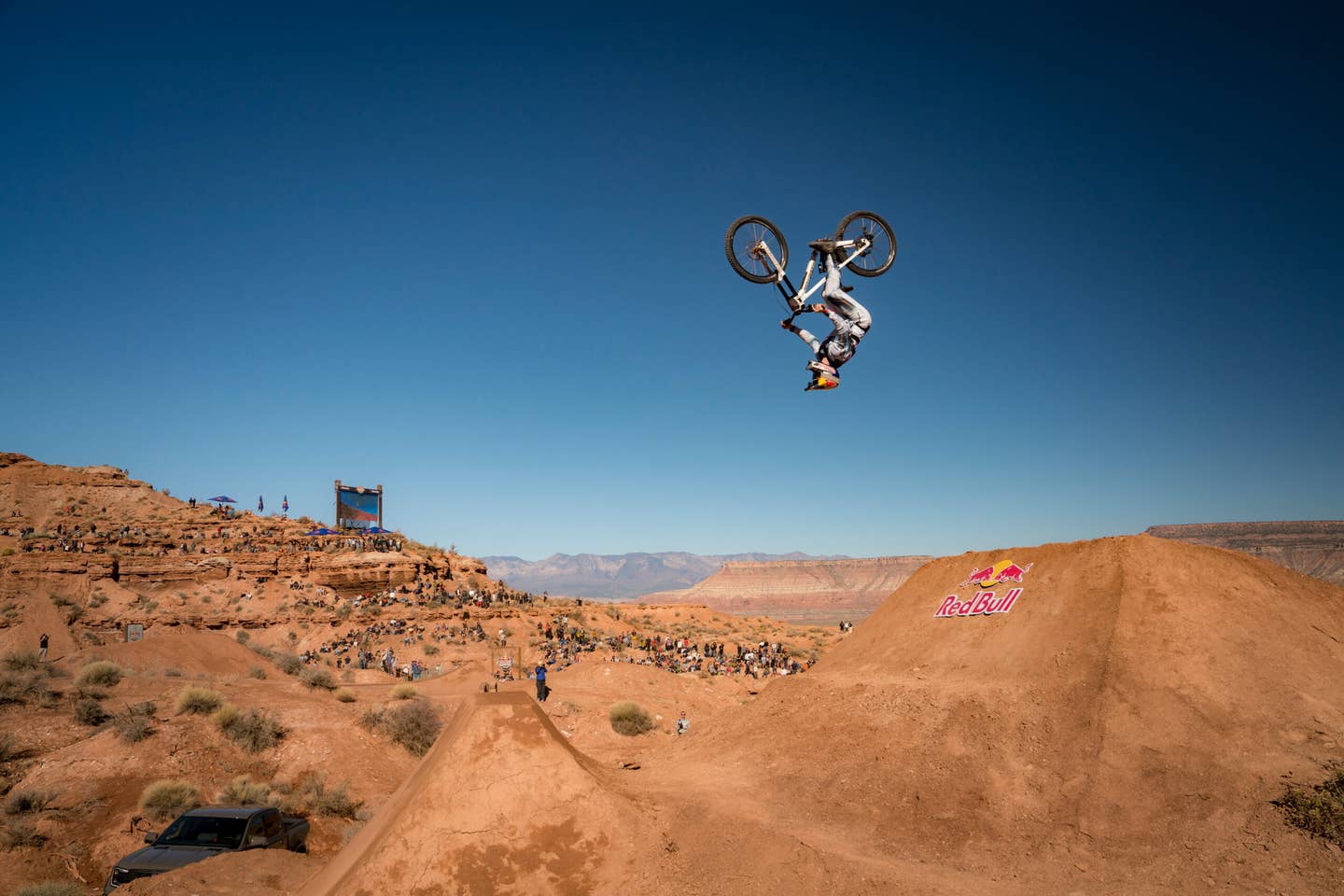
The Current Edge of Freeride
The 2024 event continued to push the impossible. Rookie, winner Hayden Zablotny demonstrated absolute dialed focus, landing a highly technical run that combined precision riding with massive air maneuvers. Meanwhile, the winner of the Women's Rampage was, Robin Goomes throwing huge backflips and tackling burly, technical lines.
Rampage remains the pinnacle. If you're looking for that raw, all-or-nothing commitment—the one that leaves us holding our breath behind the lens—you will find it on the unforgiving slopes of Virgin, Utah.
